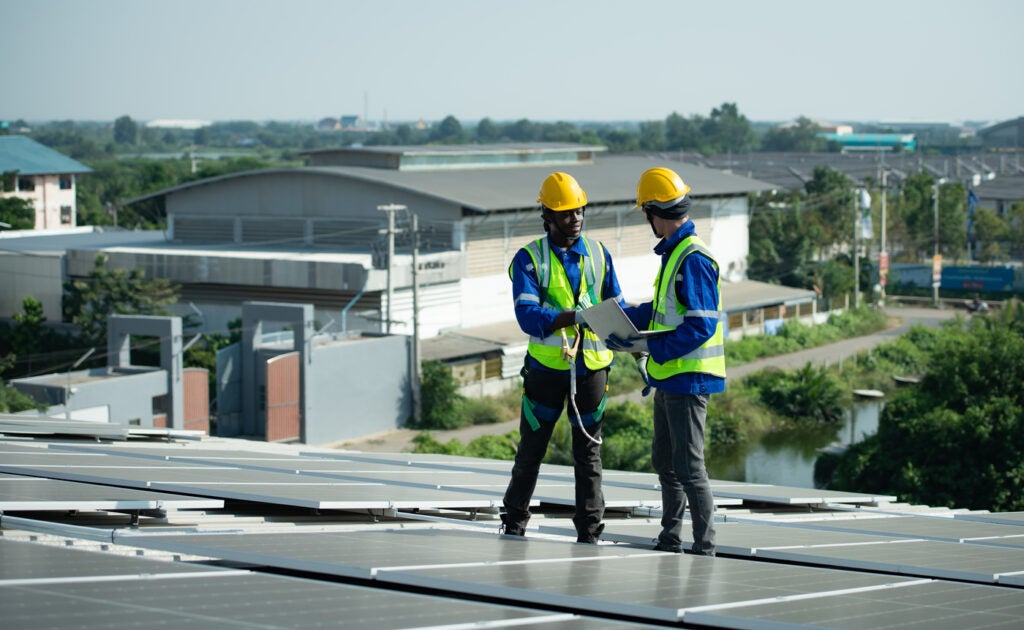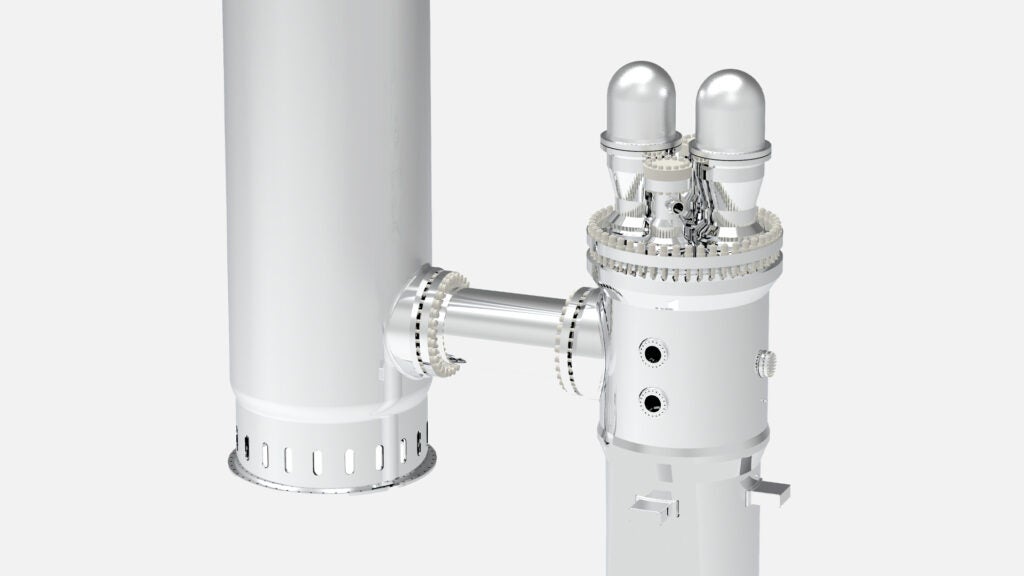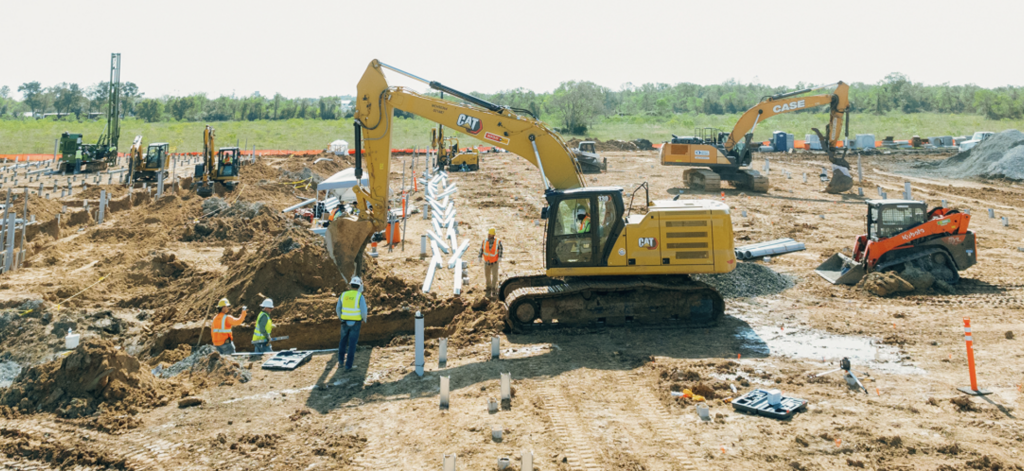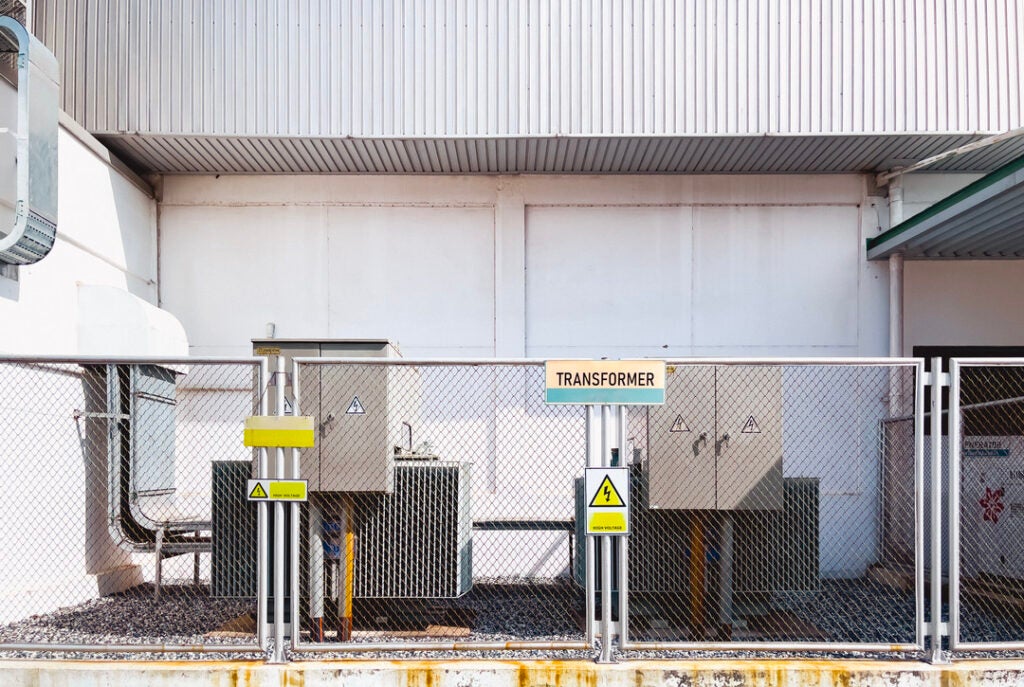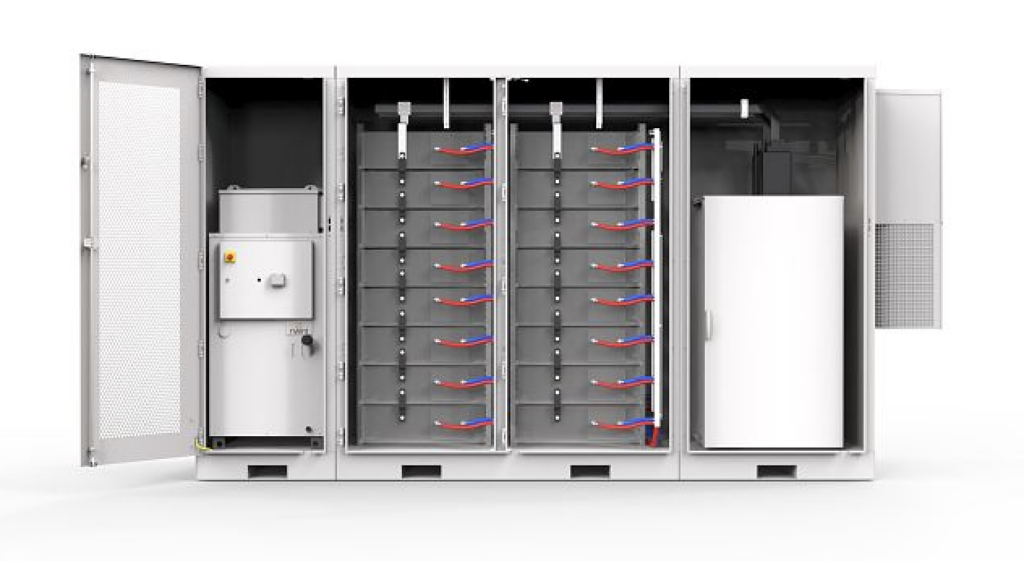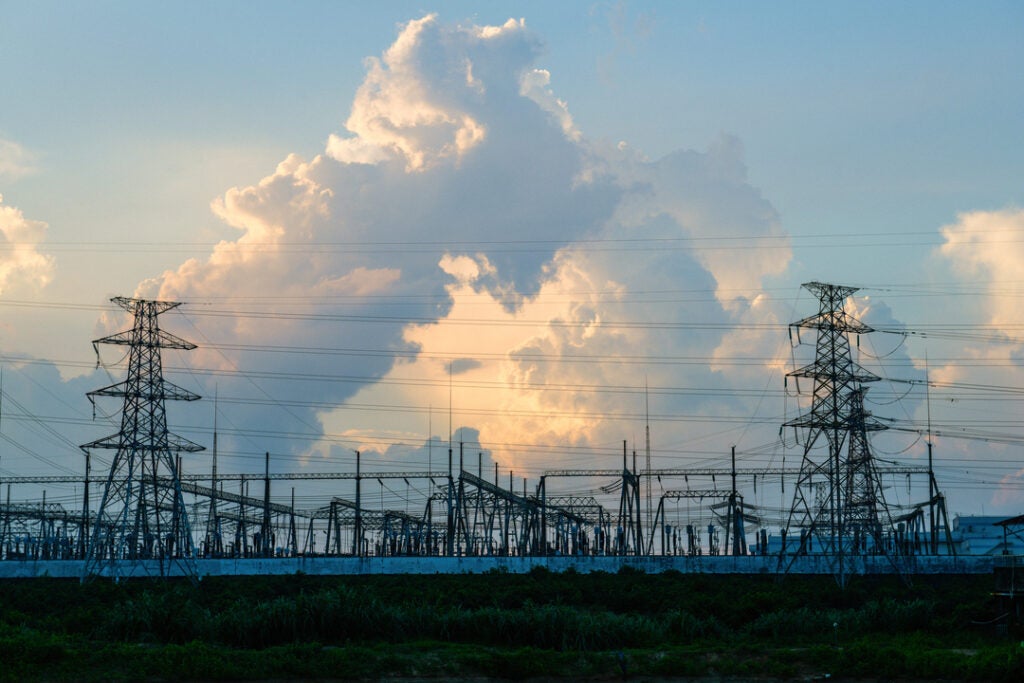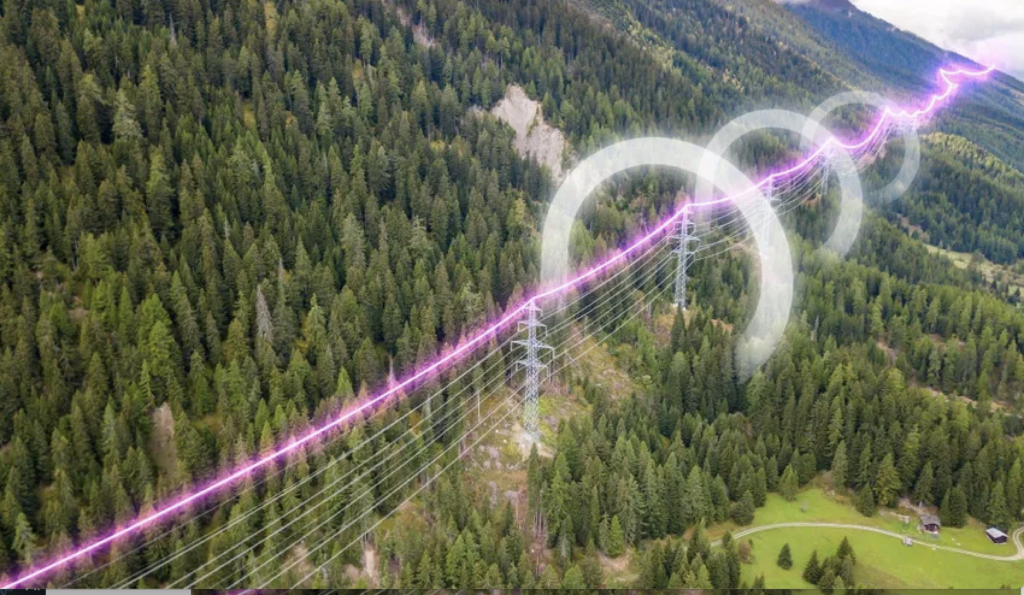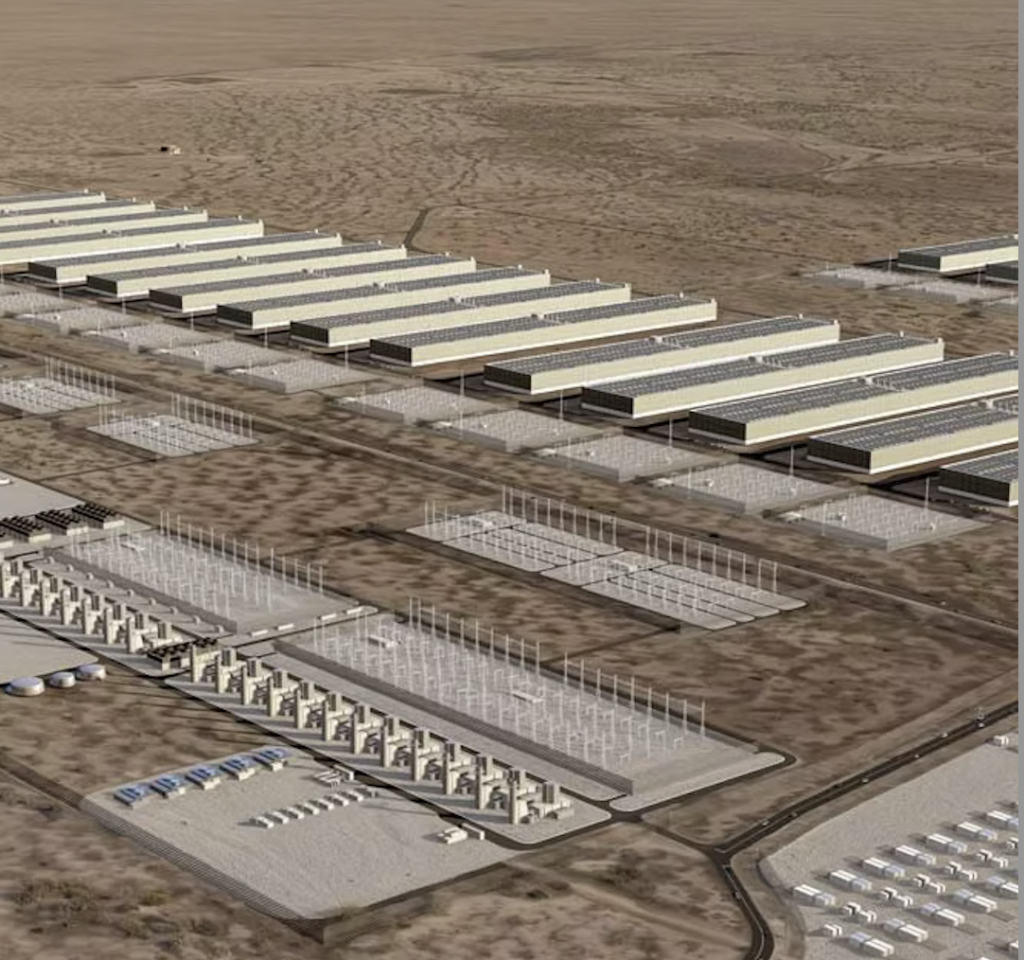Pacific Gas and Electric Company (PG&E) and Smart Wires have announced a project to enhance grid reliability and meet energy commitments for data centers connecting in San Jose, California. North Carolina-based Smart Wires will deploy its advanced power flow control (APFC) technology to help PG&E mitigate thermal overloads, redirect power flow, and increase available capacity at its Los Esteros electric substation.
The companies on May 28 said deployment of the APFC technology, known as Smart Wires’ SmartValve, at the Los Esteros substation will boost capacity by more than 100 MW at the site, which is adjacent to new data centers under development in the Alviso community of San Jose.
The installation of Smart Wires’ SmartValve APFC devices is expected to be complete by the end of this year, and will reinforce critical infrastructure to keep these data centers operating.
“As the demand for data centers skyrockets, ensuring a reliable and efficient grid is more important than ever,” said Joanna Lohkamp, CEO of Smart Wires. “Our work with PG&E demonstrates the significant impact of our SmartValve technology, dynamically redirecting power from overloaded to underutilized lines. This approach addresses current capacity constraints and optimizes existing infrastructure for the massive energy needs of data centers while also offering a scalable solution for future grid enhancements.”
The California Independent System Operator, known as CAISO, projects a load increase of up to 500 MW in the San Jose area due to data center growth. While a new transmission line is planned for 2032, a near-term solution was needed to ensure reliable power delivery starting this year. After evaluating multiple options—including reconductoring and energy storage, both of which proved too costly and slow—CAISO identified APFC as the most effective, reliable, and timely approach. SmartValve devices deliver fast, high-impact upgrades that mitigate thermal overloads by up to 34%, enabling an additional 100 MW of firm power delivery over the existing lines.
“Working with Smart Wires allows PG&E to efficiently address projected capacity needs while maintaining high reliability for our customers,” said Chad Dupuis, principal electrical engineer with PG&E. “This collaboration highlights our commitment to deploying innovative technologies that enhance our grid’s flexibility, security, and resilience.”
SmartValve provides a fast and cost-effective path to meet increasing electricity demand and allows utilities to dynamically manage capacity and load. This technology can be rapidly deployed, adjusted, or relocated to accommodate shifting energy needs and the integration of new power generation sources. Additionally, SmartValve’s modular and relocatable design allows for future expansion or reconfiguration to accommodate evolving grid needs. Once the new transmission line comes online in 2032, SmartValve will continue to enhance its benefits by dynamically balancing power flows across the network.
PG&E on Tuesday provided data about the growth in data centers across the utility’s territory. The company said it has 8.7 GW in its data center project pipeline, as previously noted in its first-quarter earnings report. That includes 18 data center projects, totaling about 1.4 GW of power demand, in the final engineering phase, the last step before project construction starts. The utility also noted 4.1 GW of additional power demand from 21 new data center project applications as part of its follow-up cluster study, which was launched in April.
—POWER edited this content, which was contributed by the communications team for PG&E.




